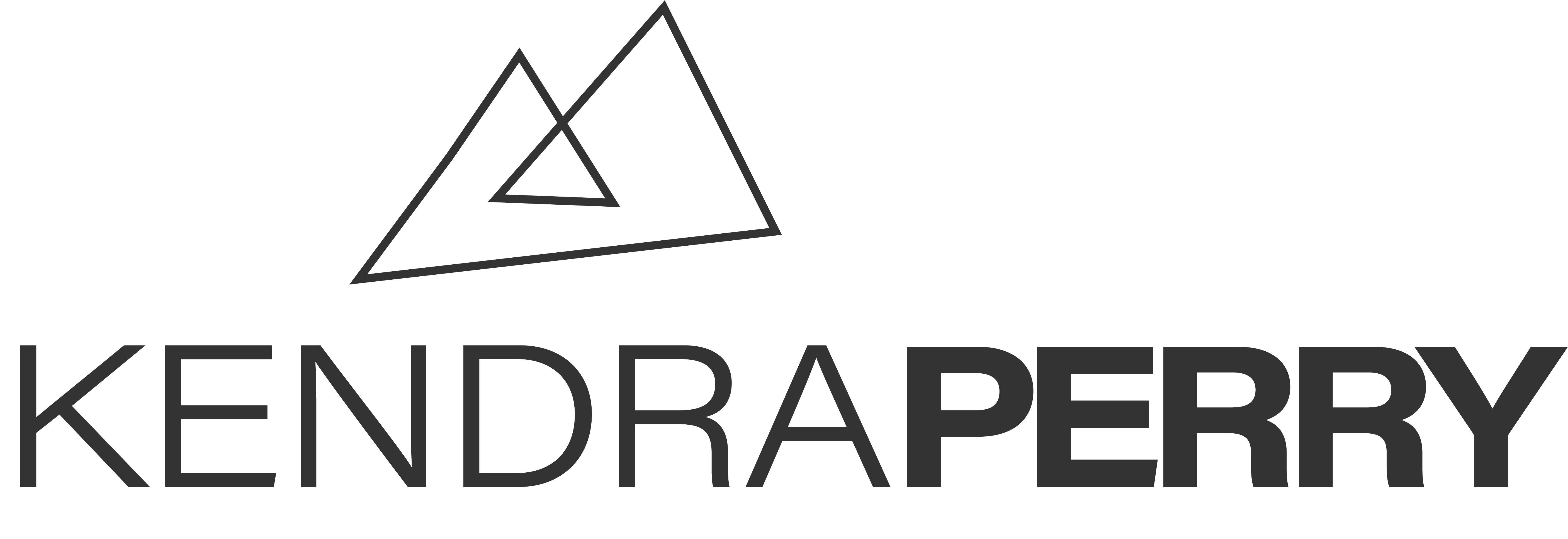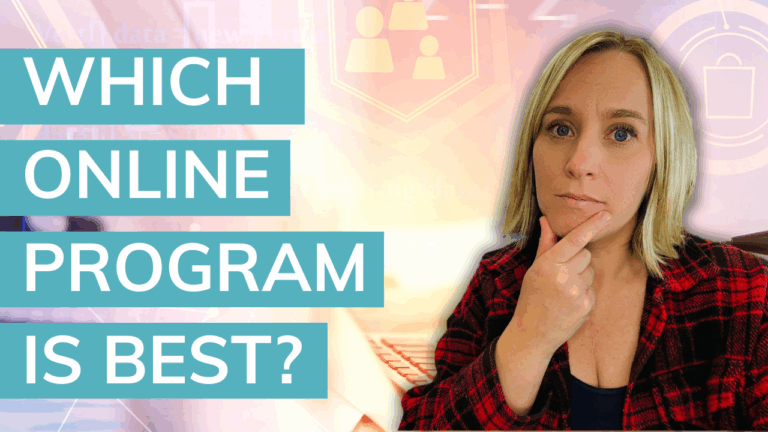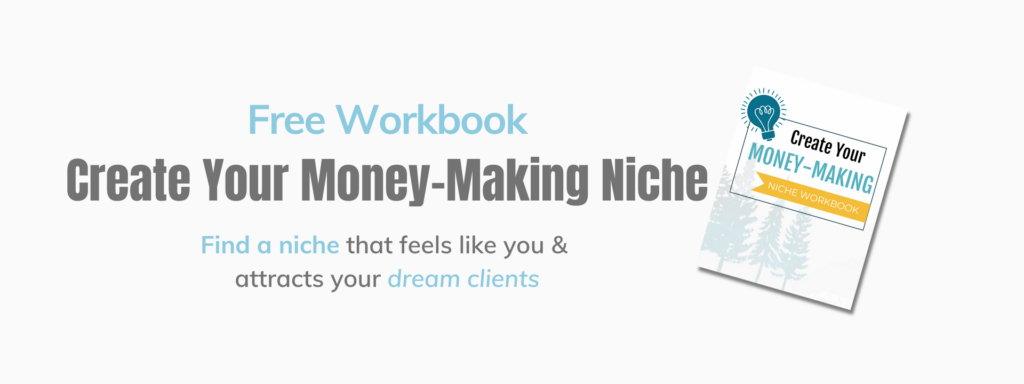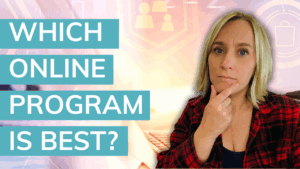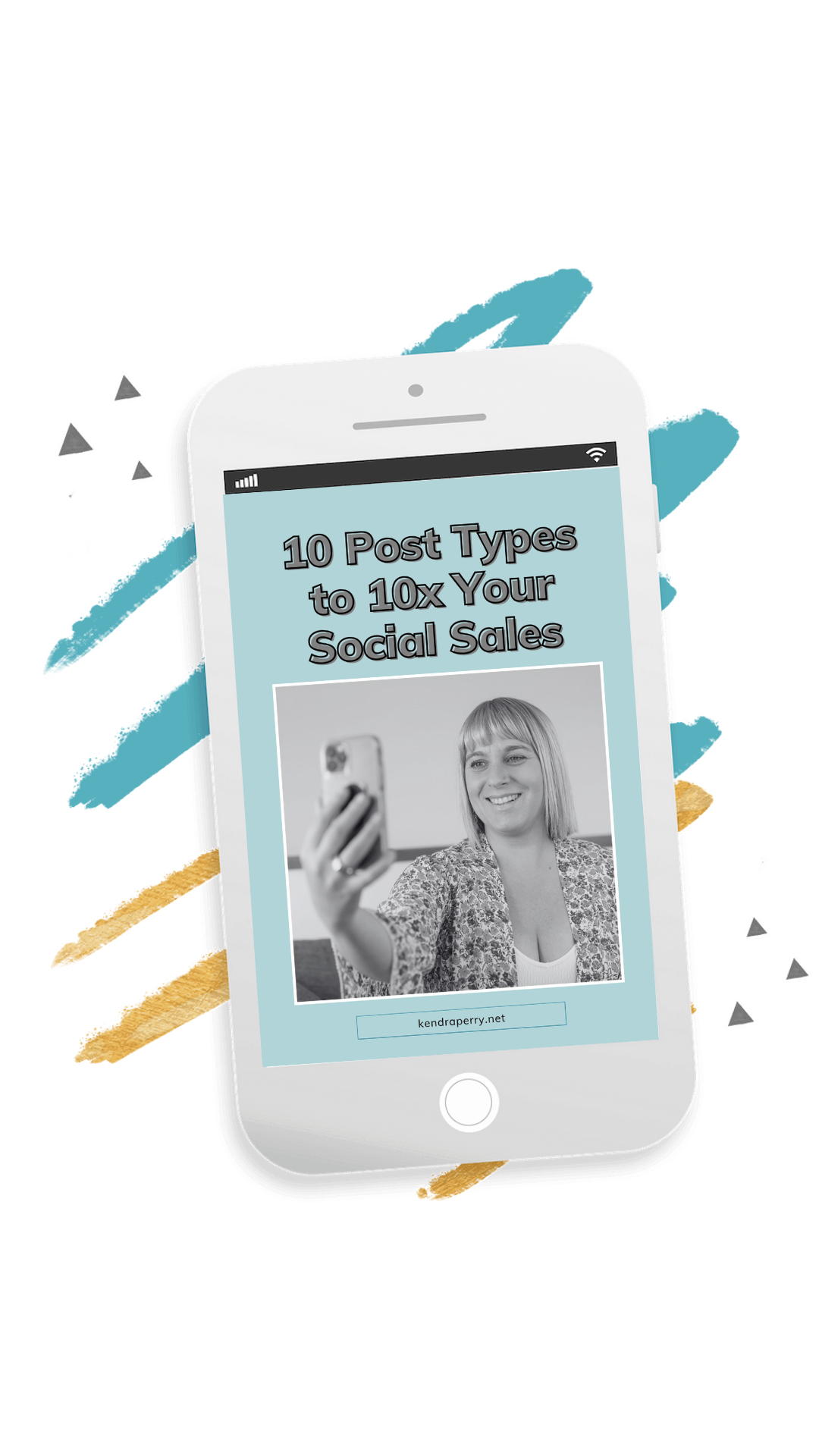If you’ve been circling the internet, scratching your head, wondering what type of online program you should launch, you’re not alone.
Inside my Health Coach Accelerator program, this is one of the most common questions I get. Coaches come in feeling overwhelmed, thinking they need to pick the perfect “forever” model. But the good news is: you don’t have to.
The truth is, you only need ONE well-structured program, and you can deliver it through several different containers. This blog is your no-nonsense guide to the four main types of online coaching programs, how they work, who they’re best for, and how to decide which one fits your business.
Let’s break it all down.
First, What Is an Online Program?
An online program is NOT just a stack of pre-recorded videos and pretty PDFs you throw at your clients and hope they figure it out. An online program is a structured framework that packages your expertise into a clear, repeatable process.
It’s the step-by-step roadmap you guide clients through to solve a specific problem. For example, helping women in their thirties clear up hormonal acne, or helping exhausted moms recover from burnout.
This is your intellectual property—your unique method—not just a loose collection of random wellness tips.
Once you have this core framework, you can deliver it in a few different ways. The delivery method (or container) is what changes—not the core of your program.
That’s where these four types of online programs come in.
Type One: The One-on-One Program
This is the most familiar option, especially if you’re newer to coaching. It’s exactly what it sounds like: you work directly with individual clients, supporting them one-on-one as they move through your signature process.
But here’s what most coaches get wrong: they think one-on-one means they have to custom-create everything from scratch for each client. That’s a fast track to burnout.
In a solid one-on-one program, your clients go through the same repeatable process—your unique methodology. They get access to the same learning materials, the same framework. The one-on-one time is for personalized support, troubleshooting, and answering individual questions.
This makes your one-on-one work far more scalable. Why? Because instead of spending 90 minutes teaching on every call, you can deliver the core material through pre-built resources and use your one-on-one time more efficiently.
Your sessions can often be cut in half because you’re not wasting time explaining basics over and over. This makes things easier on you and your client. Nobody wants to be stuck in long, drawn-out calls when they could be making progress in shorter, focused sessions.
Who is a one-on-one program best for?
- New coaches testing their method.
- Coaches who want to build confidence and expertise.
- Coaches with small audiences (because you only need a few clients per month to hit your income goals).
One-on-one can get you to $10,000 per month faster than trying to fill a group, simply because you need fewer sales. It’s also the best testing ground for your method—you can tweak and adjust in real-time based on feedback.
Type Two: The Group Coaching Program
This is the “one-to-many” model. Instead of working individually with clients, you guide a group of clients through your program together.
Group programs typically include group coaching calls, a shared online community (like a Facebook group), and sometimes bonus materials or workshops. Everyone moves through the process together, learning not just from you but also from each other.
Group programs are incredibly powerful because they add a layer of peer accountability and support. Clients often stay more motivated when they’re part of a group.
But there’s a trade-off: you have less one-on-one time with clients, and you need a bigger audience to fill a group. Instead of selling two or three high-ticket spots per month, you might need to sell ten or more to make the group financially worthwhile.
Who is a group program best for?
- Coaches ready to scale beyond one-on-one.
- Coaches who have some audience and trust built already.
- Coaches who want to create community and peer connection.
If you’re brand new, you can still launch a group program, but be prepared for more marketing work. Building a group means you have to make more sales, which usually means you need more audience reach.
Type Three: The Hybrid Program
The hybrid program combines elements of both one-on-one and group coaching. This might look like group calls plus one or two private sessions per client each month, or it might include private messaging support alongside group elements.
This model gives you scalability while still offering clients a sense of personal connection. It’s especially popular among coaches who work with lab testing or complex cases that benefit from some individualized interpretation.
Hybrid programs let you bring in the best of both worlds: the community and peer support of a group, plus the tailored attention of one-on-one. You can also adjust how much personal support you include, giving you flexibility over your time and client load.
Who is a hybrid program best for?
- Coaches who want to scale but still offer personalization.
- Coaches offering lab testing or data-driven services.
- Coaches transitioning away from full one-on-one work.
This model can work well at both mid and high-ticket price points, depending on how much personal attention you include.
Type Four: The DIY or Self-Paced Course
This is the fully hands-off option. You record your framework, upload it to a course platform, and clients work through it on their own without any support.
Sounds dreamy, right? Passive income, no client calls, money rolling in while you sip margaritas on a beach?
Let me stop you right there.
DIY programs are incredibly hard to sell at high-ticket prices. People today expect support, especially when they’re tackling complex problems like health and wellness. Without access to you, they’re less likely to finish the program, get results, or feel satisfied.
There’s a place for DIY, usually as a side offer or a bonus, but I don’t recommend it as your main business model—especially if you’re newer. You need human interaction to gather feedback, improve your program, and create meaningful transformations for your clients.
Who is a DIY program best for?
- Established coaches adding a low-ticket side product.
- Coaches offering micro-solutions or simple, narrow topics.
- Coaches who already have an audience familiar with their work.
For most of you, stick to live or hybrid programs if you want consistent income and client results.
Which Program Should You Choose?
Here’s the bottom line:
If you’re new, start with one-on-one.
If you’re tired of one-on-one and ready to scale, move to group.
If you want the best of both, go hybrid.
If you want a little passive side income, explore a small DIY offer—but don’t expect it to carry your business.
Remember, you only need ONE program, one core framework. You can switch containers over time as your business grows and your audience evolves. You are not locked into any one model forever.
The most important thing is to build something that works for you and your clients.
Why This Matters
Let’s be real.
Burnout doesn’t come just from working too many hours—it comes from chaos, constant reinvention, and the emotional drain of feeling stuck.
When you build one streamlined program, you:
- Reclaim your time.
- Boost your income.
- Serve your clients more effectively.
- Create a business that gives you freedom, not a glorified job.
You stop being the frantic coach scrambling to keep up and start being the CEO of a thriving, profitable business.
Want Help Doing This?
Inside my Health Coach Accelerator program, I help health coaches like you escape the burnout cycle by building, selling, and scaling high-ticket signature programs.
You’ll learn how to:
- Create your unique, repeatable framework.
- Package it into a high-value offer.
- Choose the right container for your goals.
- Attract and enroll dream clients.
- Scale your business without losing your mind.
If you’re ready to stop spinning in circles and start building a business that gives you freedom, fulfillment, and income, join us.
You don’t need to figure this out alone. Let’s build you a business that works for YOU.
